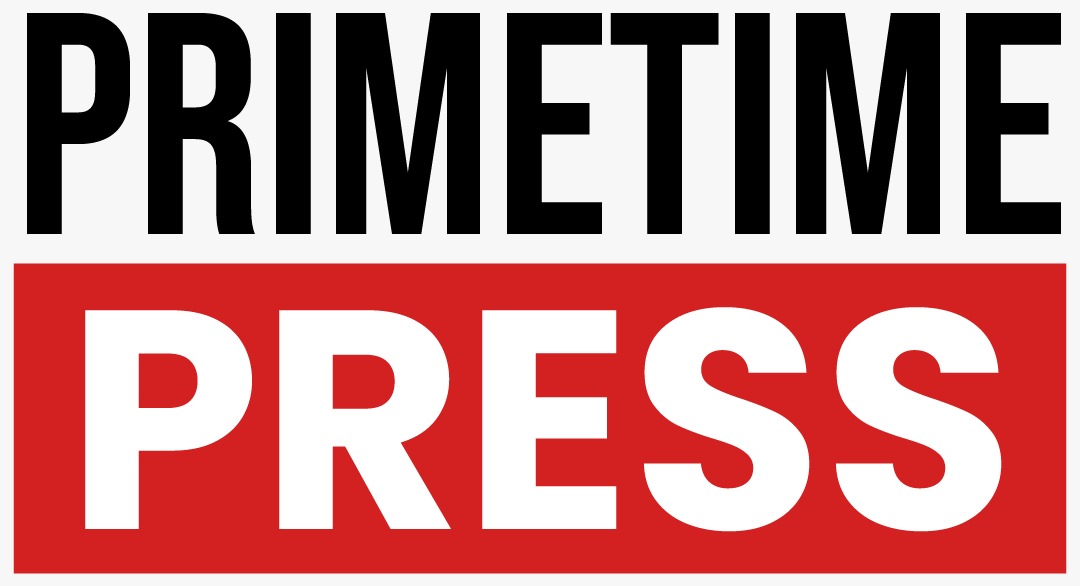Impact of Student Loan Collections on American Households
The U.S. Department of Education has resumed collections on defaulted student loans, a significant move that could influence the financial stability of many Americans, particularly low-income households. This action is expected to affect disposable personal income and has raised concerns among financial experts regarding its broader economic implications.
The Resumption of Collections
After a hiatus of nearly five years, the government has restarted efforts to collect on defaulted loans as of this month. Borrowers who have fallen behind in their payments may now face serious consequences, including wage garnishment. According to estimates by JPMorgan, this policy could result in a reduction of disposable income totaling between $3.1 billion and $8.5 billion monthly.
Economic Ramifications
The financial strain from resumed collections might be particularly felt among individuals who are already grappling with various economic challenges, such as high inflation and changing tariffs. Jeffrey Roach, chief economist at LPL Financial, highlights that the recent consumer sentiment data reflects significant stress among households. “You have a number of these pressure points rising,” he explained, adding that this could suppress consumer spending.
The Bank of America has indicated that the financial fallout from student loan collections will likely affect more vulnerable populations. Analyst Mihir Bhatia emphasized that the resumption of payments will have a ripple effect, especially for subprime consumers. Currently, student loans constitute approximately 30% of consumer debt when excluding mortgages, underscoring their impact on financial health.
Delinquency vs. Default
A noteworthy distinction exists between loan delinquency and default. Delinquency occurs when a borrower misses a payment, while default implies a failure to meet payment requirements over an extended period, leading to more severe repercussions, such as wage garnishment. Recent data from the New York Fed has indicated that roughly 25% of borrowers who are required to make payments are currently delinquent, showcasing a rising trend.
According to JPMorgan’s projections, should a significant share of these delinquent borrowers default, nearly one-fourth of all student loan holders could be affected by wage garnishments and related penalties.
Potential Consumer Impact
The anticipated reduction in discretionary income poses concerns as experts speculate about the possibility of a recession. Some analysts believe that, despite the challenges posed by student loan collections, the overall economic picture remains resilient, mainly because recent spending trends have been driven by high-income earners.
Conclusion
The revival of student loan repayments marks a pivotal moment that could reshape the financial landscape for many Americans. Understanding the impact of these changes on disposable income and consumer behavior will be crucial for policymakers and stakeholders as they navigate this evolving economic terrain.
For further details, you can visit the U.S. Department of Education’s student aid page.

